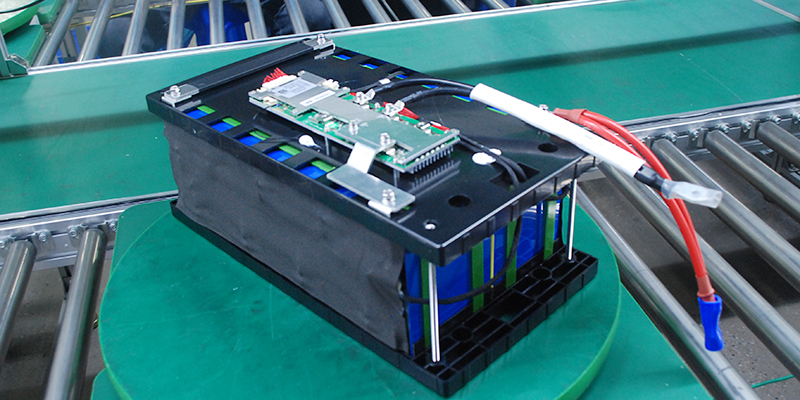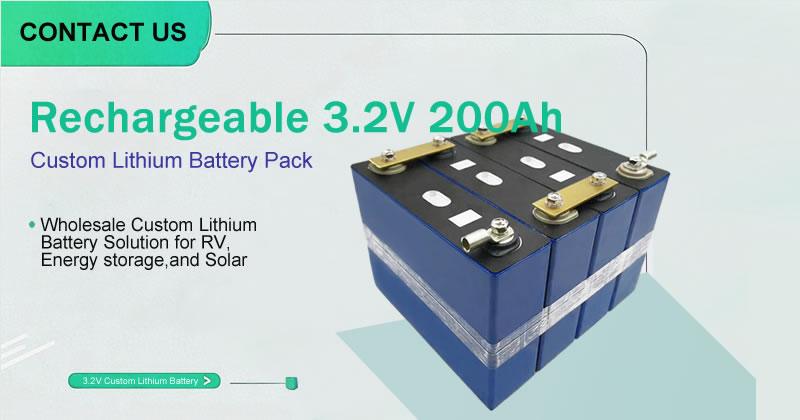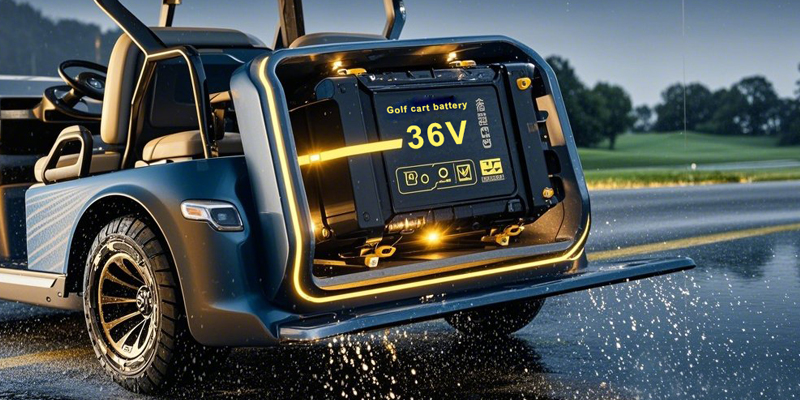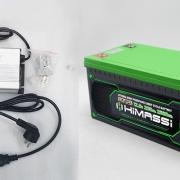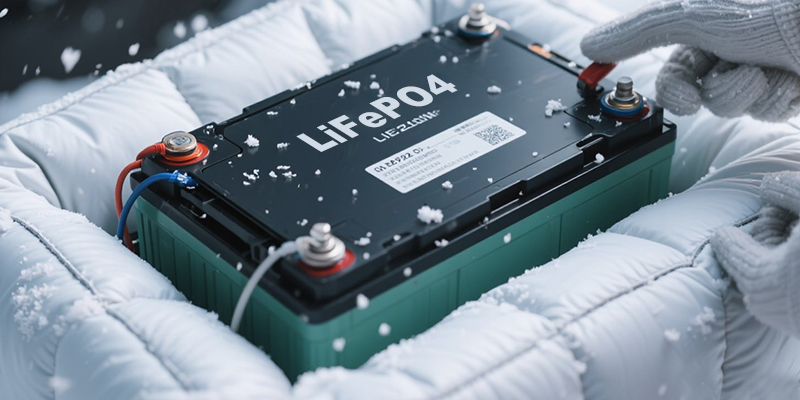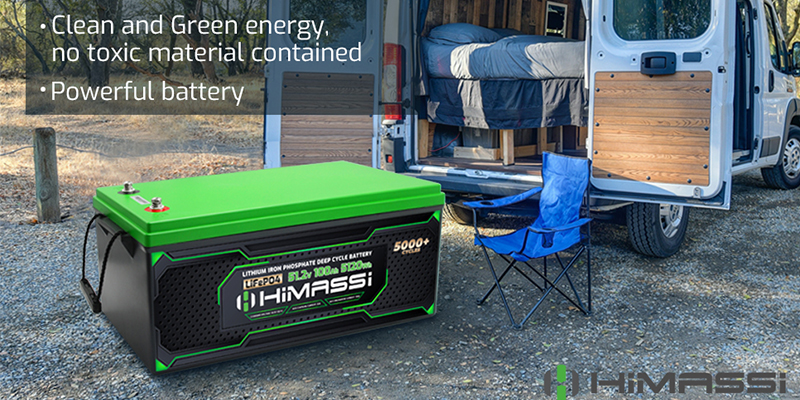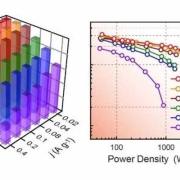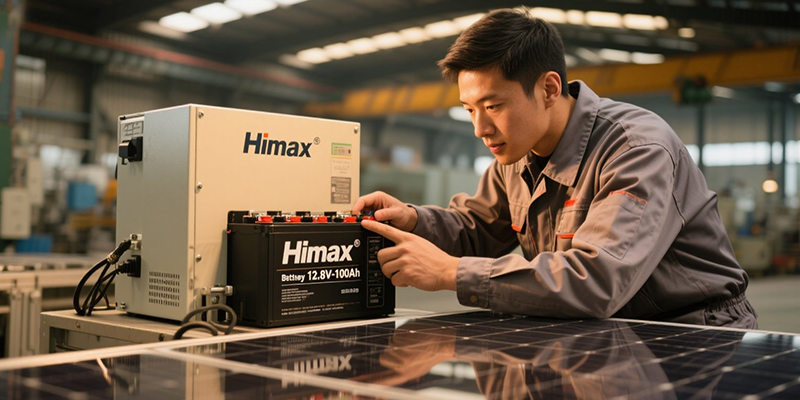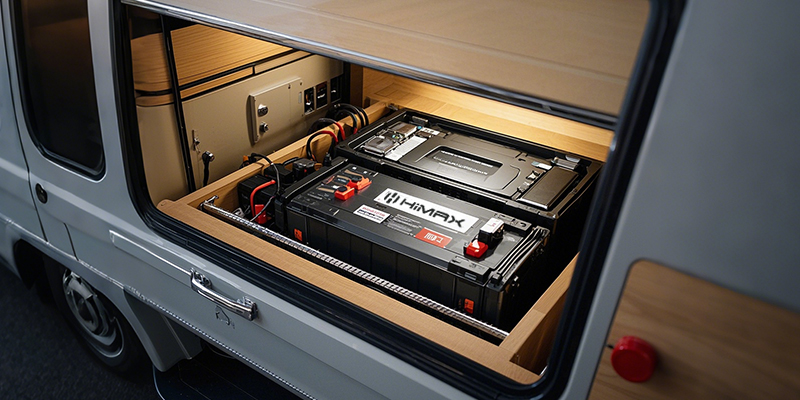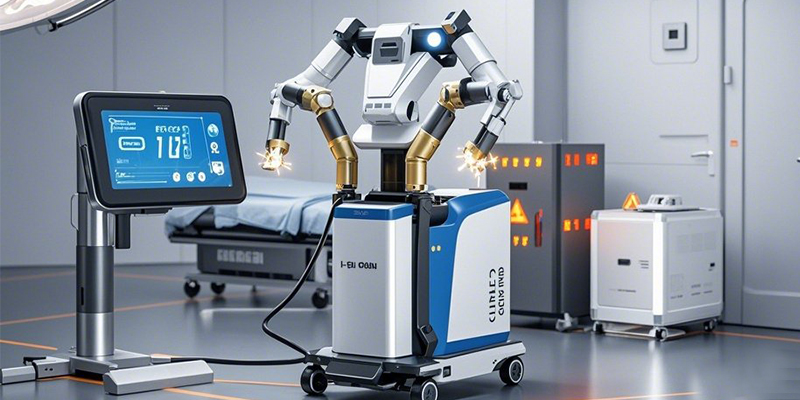The Best 8 48V LiFePO4 Batteries of 2025 Compared: BMS, Cycle Life, and Smart Connectivity
What Is a 48V LiFePO4 Battery?
A lithium iron phosphate battery uses LiFePO4 as its cathode material. Compared to traditional lead-acid or ternary lithium batteries, it offers several advantages:
-
High Safety: LiFePO4 batteries have excellent thermal stability, with a thermal runaway temperature of 350°C–500°C, far higher than the 200°C of ternary batteries, significantly reducing the risk of fire or explosion.
-
Long Cycle Life: Under standard charging conditions, they can handle over 2,000 cycles, with a theoretical lifespan of 7–8 years—more than four times that of lead-acid batteries.
-
Eco-Friendly: Free of heavy metals, their production and recycling processes are environmentally friendly.
-
Wide Temperature Range: They operate reliably from -20°C to 75°C, making them suitable for various applications.
48V LiFePO4 batteries, with a nominal voltage of 51.2V (16 cells at 3.2V each), are commonly used in electric bikes, electric motorcycles, RV energy storage systems, and industrial equipment. They deliver higher power density and efficiency to meet the demands of modern high-power devices.
The Importance of Battery Management Systems (BMS)
The Battery Management System (BMS) is the “brain” of a LiFePO4 battery pack, monitoring and managing its operation to ensure safety and performance. Key BMS functions include:
-
Voltage and Current Management: Monitors each cell’s voltage and current in real time to prevent overcharging, over-discharging, or overcurrent, protecting the battery from damage.
-
Temperature Control: Uses sensors to track battery temperature, activating cooling or heating systems to keep the battery in its optimal temperature range.
-
Battery Balancing: Employs active or passive balancing to even out voltage differences between cells, improving overall performance and lifespan.
-
Fault Detection and Protection: Identifies issues like short circuits, overvoltage, or undervoltage and takes protective measures to prevent accidents.
-
Smart Connectivity: Modern BMS systems support Bluetooth, Wi-Fi, or CAN bus communication, allowing users to monitor battery status via smartphone apps or computers for a better user experience.
A high-quality BMS should have at least a 15% current margin to handle peak demands and should carry UL, CE, and RoHS certifications for long-term reliability.
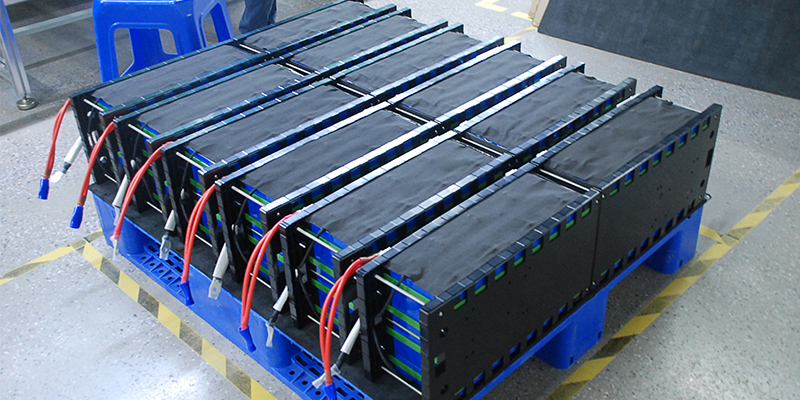
Cycle Life: The Core of Durability
Cycle life refers to the number of full charge-discharge cycles a battery can endure under standard conditions. For 48V LiFePO4 batteries, cycle life typically ranges from 2,000 to 4,000 cycles, depending on material quality, BMS performance, and usage conditions. Factors affecting cycle life include:
-
Charge/Discharge Rate: High-rate charging or discharging (e.g., 2C) accelerates battery aging, while low-rate charging (e.g., 0.5C) extends lifespan.
-
Temperature Management: Extreme temperatures can affect battery chemistry, but a quality BMS with temperature control can significantly extend lifespan.
-
Balancing: Active balancing technology in the BMS reduces cell voltage differences, boosting overall lifespan.
Smart Connectivity: Enhancing User Experience
In 2025, smart connectivity is a standard feature in 48V LiFePO4 batteries, offering:
-
Bluetooth Monitoring: Check voltage, current, temperature, and remaining capacity in real time via a smartphone app.
-
Wi-Fi Remote Management: Supports remote firmware updates and data analysis, ideal for energy storage or industrial applications.
-
CAN Bus Communication: Enables seamless integration with electric vehicles or energy systems, improving efficiency.
Smart connectivity not only enhances the user experience but also helps optimize battery usage habits to extend lifespan. For example, some HIMAX battery products offer Bluetooth monitoring, letting users track battery status through a smartphone app.
Top 8 48V LiFePO4 Batteries for 2025
Here are HIMAX’s top picks for the best 48V LiFePO4 batteries in 2025, compared based on BMS performance, cycle life, and smart connectivity:
-
HIMAX 48V 100Ah Smart LiFePO4
-
Capacity: 100Ah
-
BMS Features: Smart BMS with active balancing, overcharge, over-discharge, overcurrent, and short-circuit protection, plus integrated Bluetooth monitoring.
-
Cycle Life: 3,000 cycles (0.5C charge, 80% depth of discharge)
-
Smart Connectivity: Bluetooth 4.0, supports iOS and Android apps for real-time voltage, current, and SOC (state of charge) monitoring.
-
Highlights: UL, CE, and RoHS certified, ideal for RVs and energy storage, operates in -20°C to 60°C.
-
Price: ~$900
-
-
Renogy 48V 50Ah LiFePO4
-
Capacity: 50Ah
-
BMS Features: Built-in smart BMS with passive balancing, temperature management, and fault detection.
-
Cycle Life: 2,500 cycles (1C charge)
-
Smart Connectivity: Bluetooth monitoring, compatible with Renogy’s mobile app.
-
Highlights: Designed for RVs, lightweight casing, IP65 waterproof rating.
-
Price: ~$550
-
-
BICK 48V 60Ah Full-Tab Battery
-
Capacity: 60Ah
-
BMS Features: High-performance BMS, supports 30A continuous discharge, includes over-temperature protection.
-
Cycle Life: 4,000 cycles (0.5C charge, 80% depth of discharge)
-
Smart Connectivity: CAN bus communication, ideal for electric vehicle applications.
-
Highlights: Energy density up to 250Wh/kg, ultra-wide temperature range of -40°C to 80°C.
-
Price: ~$770
-
-
CATL 48V 80Ah Power Battery
-
Capacity: 80Ah
-
BMS Features: Advanced BMS with active balancing and fast charging (1.5C).
-
Cycle Life: 3,500 cycles (1C charge)
-
Smart Connectivity: Wi-Fi and Bluetooth dual-mode, supports remote monitoring.
-
Highlights: High safety certifications, suitable for industrial storage and electric vehicles.
-
Price: ~$830
-
-
EVE 48V 120Ah Energy Storage Battery
-
Capacity: 120Ah
-
BMS Features: Smart BMS with multiple protections and fault alerts.
-
Cycle Life: 3,000 cycles (0.5C charge)
-
Smart Connectivity: Supports Bluetooth and CAN bus, compatible with various devices.
-
Highlights: High-capacity design, ideal for home energy storage.
-
Price: ~$1,050
-
-
Tianneng 48V 40Ah Lithium Battery
-
Capacity: 40Ah
-
BMS Features: Basic BMS with passive balancing and essential protections.
-
Cycle Life: 2,000 cycles (1C charge)
-
Smart Connectivity: No smart connectivity, requires external monitoring devices.
-
Highlights: Budget-friendly option for cost-conscious users.
-
Price: ~$420
-
-
Grepow 48V 70Ah LiFePO4
-
Capacity: 70Ah
-
BMS Features: Smart BMS with active balancing and high-temperature protection.
-
Cycle Life: 2,800 cycles (0.5C charge)
-
Smart Connectivity: Bluetooth monitoring, supports mobile apps.
-
Highlights: Lightweight design, ideal for electric bikes and small-scale energy storage.
-
Price: ~$690
-
-
Hive Energy 48V 100Ah Short Blade Battery
-
Capacity: 100Ah
-
BMS Features: 5C fast-charge BMS with active balancing and fault detection.
-
Cycle Life: 3,500 cycles (1C charge)
-
Smart Connectivity: Wi-Fi and Bluetooth dual-mode, ideal for smart homes.
-
Highlights: 10-minute fast charge (10%–80%), mature mass-production technology.
-
Price: ~$980
-
How to Choose the Right 48V LiFePO4 Battery for You
When selecting a 48V LiFePO4 battery, consider these factors based on your needs:
-
Application: RV energy storage requires high-capacity, long-life batteries like the HIMAX 100Ah or EVE 120Ah. Electric vehicles need high-discharge-rate batteries like the BICK 60Ah.
-
BMS Performance: Prioritize BMS systems with active balancing and smart connectivity for better safety and user experience.
-
Cycle Life: Choose batteries with higher cycle life for frequent use to maximize long-term value.
-
Budget: Budget-conscious users can opt for the Tianneng 40Ah, while those seeking high performance may prefer HIMAX or Hive Energy.
-
Safety Certifications: Ensure the battery is UL, CE, and RoHS certified to minimize safety risks.
Conclusion
The 2025 market for 48V LiFePO4 batteries is highly competitive, and HIMAX’s recommended eight batteries stand out for their BMS performance, cycle life, and smart connectivity. Whether you’re looking for the budget-friendly Tianneng 40Ah or the fast-charging, smart Hive Energy 100Ah, there’s an option for every need. HIMAX advises choosing a battery with a smart BMS and long cycle life tailored to your application and budget for a safe, reliable, and efficient experience.
HIMAX Tips 1: How to prevent LiFePO4 battery failure in cold weather?
HIMAX Tips 2: How to choose a 48V 100Ah LiFePO4 lithium battery for your project?

